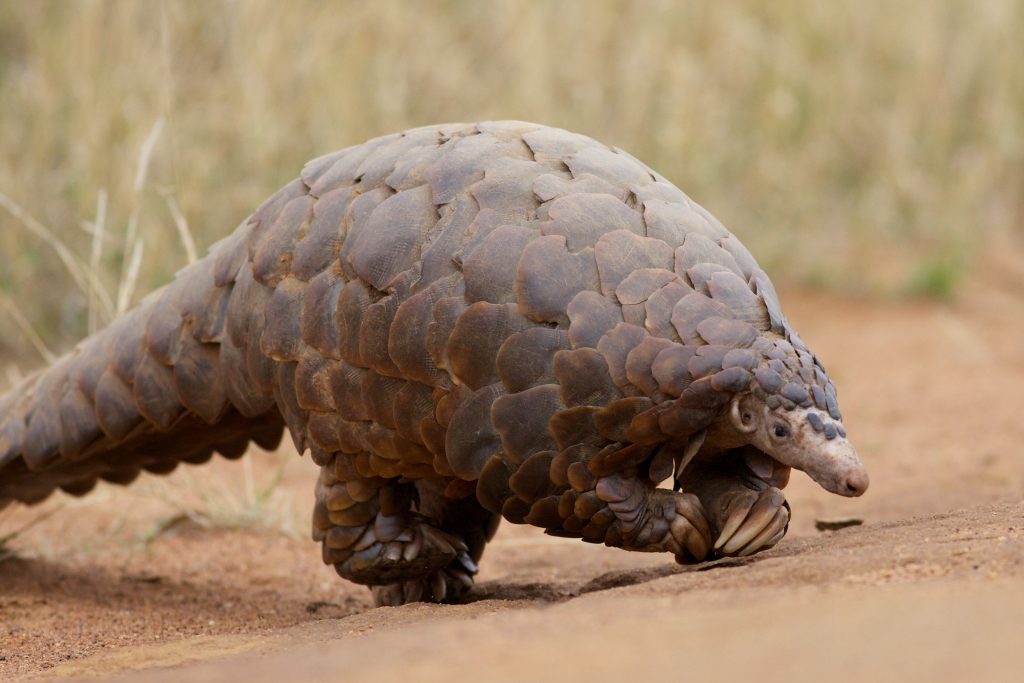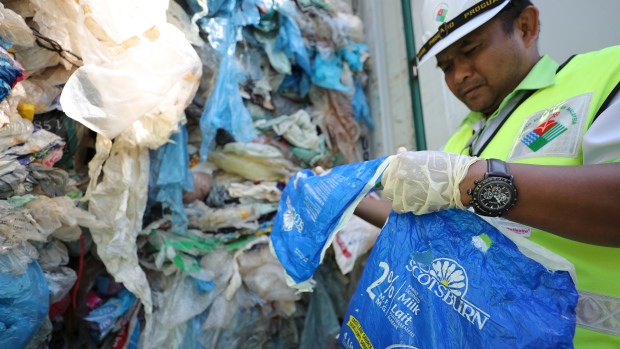Forensics may help wildlife officials save Pangolins
Pangolins are the world’s most trafficked animal and wildlife officials found an ingenious way to help these poor creatures survive by using forensics.
It appears that crime scene investigations are more useful than you may have thought they are. Experts in wildlife interested in protecting endangered species will start implementing one of the forensic techniques that officers use in crime scenes in order to lift fingerprints and try to catch those pangolin smugglers that are out there in the world.
Even though you may have never heard of pangolins yet, you should know that they are in great danger, as they are the most trafficked animals in the entire world. Their meat is considered a delicacy in countries such as Vietnam and China. Also, their scales, which are made of keratin, just like in the case of whale baleen and rhino horns, is very popular and it is mostly utilized in traditional African and Asian bush medicines.
Even though there is an international ban on all pangolin trade under CITES (the Convention on International Trade in Endangered Species), about 300 pangolins are killed every day. In Asia only, the pangolin population has worryingly declined by 80 percent in the past two decades. The fact that they have an elusive nature, conservation is one of the most challenging tasks experts in wildlife have.
By using the forensic technique, the investigators will be able to determine who the smugglers are. They will use a fine powder dust and apply it over the fingerprints. To put it simply, these fingerprints leave behind precious evidence, such as amino acids, oil naturally produced by the skin and sweat, which are going to help the investigators in their cases. These fingerprints will be then taken into a lab and have certain chemicals applied to them.
It is well known that each person has a unique fingerprint. This way, the enforcement agencies will be able to identify people who have come into contact with the identified scales.
“What we have done is to create a quick, easy and usable method for wildlife crime investigation in the field to help protect these critically endangered mammals. It is another tool that we can use to combat the poaching and trafficking of wild animals,” Dr. Nicholas Pamment said in a statement. He is the one who runs the Wildlife Crime Unit at the University of Portsmouth.
“While forensic science techniques are being used as part of the investigation process, there is a lack of research looking at ‘what works’ in the context, or within the limitations of the wildlife crime investigation and in the environments where the investigations take place,” he also added.







